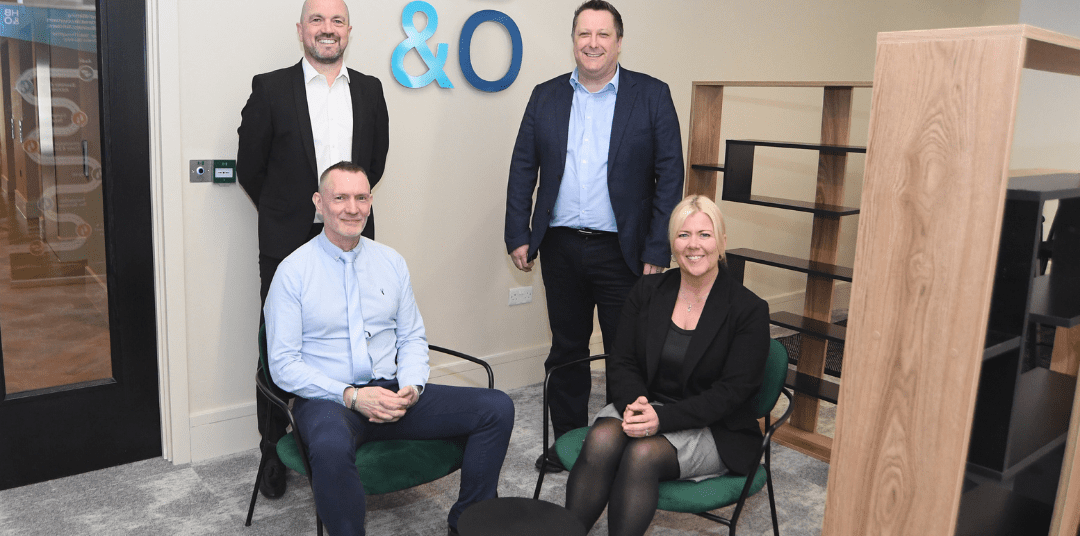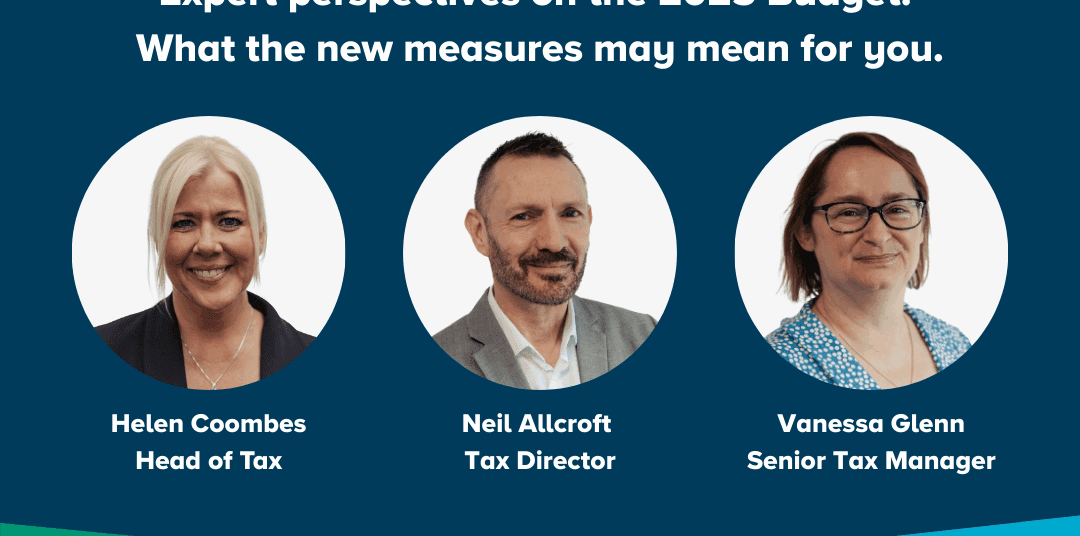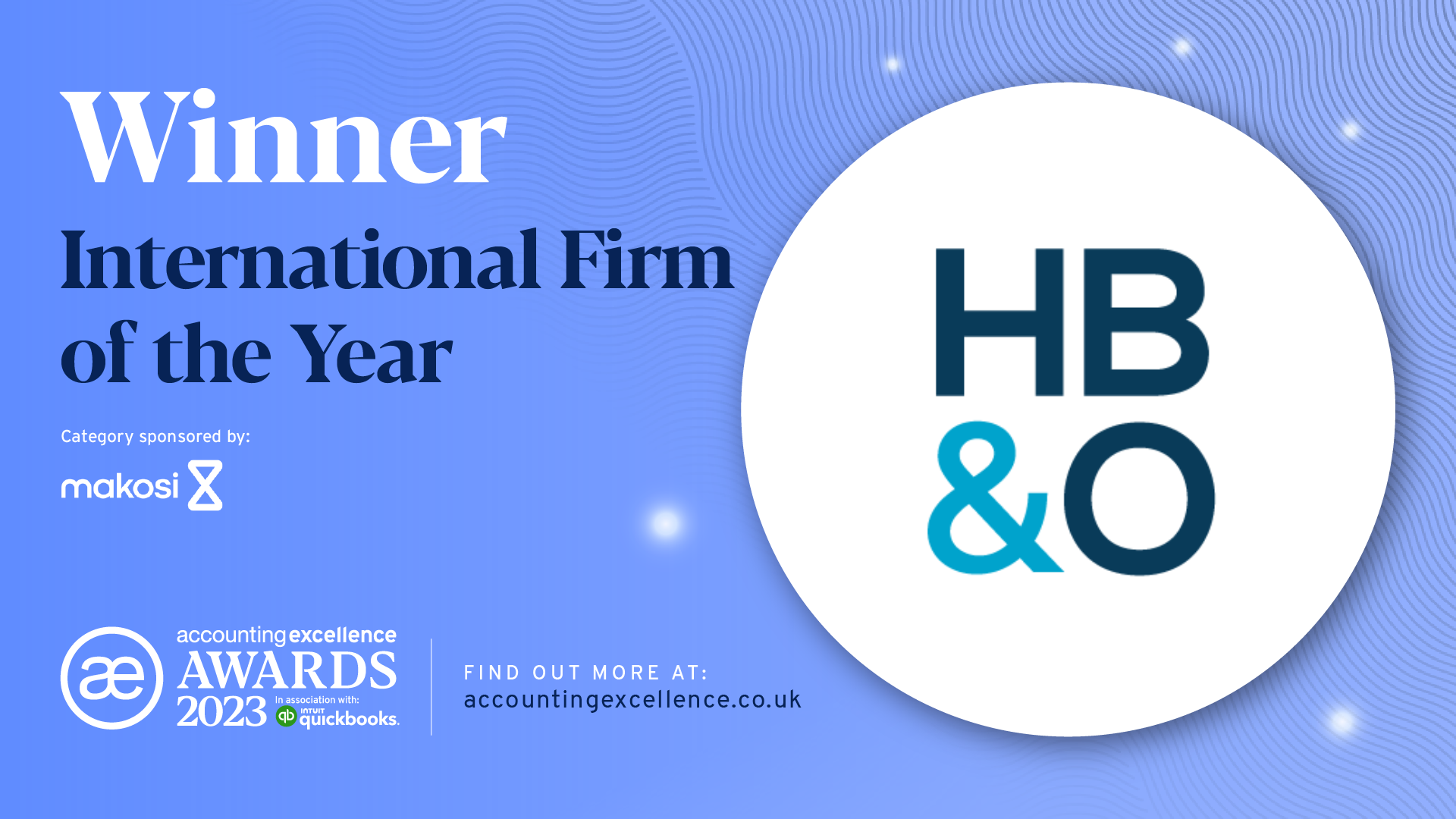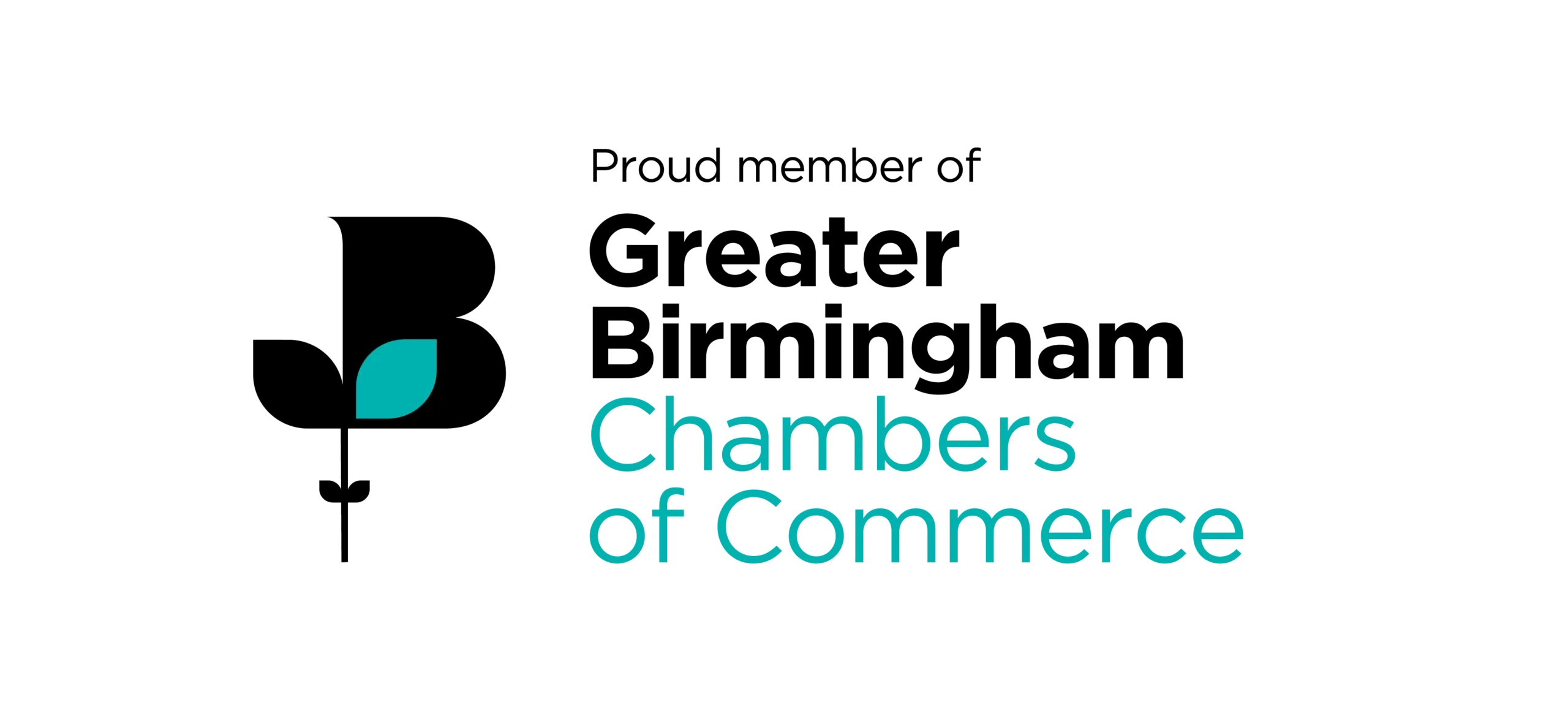A longstanding VAT strategy used within the care home sector, where a CQC-registered entity and a non-CQC-registered entity operate under a VAT group, has recently been reclassified by HMRC as tax avoidance. This change, announced in HMRC’s February 2025 Business Brief, marks a significant shift in the regulatory landscape and could have serious financial implications for care home providers who have adopted this structure.
What was the structure?
Historically, some care home groups added a non-regulated entity to their corporate structure to engage with Local Authorities (LAs) and NHS bodies. This allowed them to charge VAT on residents’ fees, VAT that public bodies could recover due to their special VAT status.
The strategy enabled care providers to reclaim VAT on operational costs, which would otherwise be blocked due to the VAT-exempt nature of care fees charged by regulated entities.
While this approach may appear aggressive, its intent was to mirror the VAT recovery that a LA would achieve if delivering care services in-house. HMRC had long been aware of this structure and had previously accepted it without classifying it as tax avoidance.
What has changed?
In response to the growing use of this strategy, HMRC has now stated that it will no longer approve VAT group applications involving this structure. Furthermore, it will begin reviewing existing VAT groups and may issue termination notices following investigations.
HMRC has broad powers to dismantle VAT groups on “protection of revenue” grounds, with criteria that remain vague and open to interpretation. Whether this action will face legal challenge remains to be seen.
HMRC’s brief also advises any taxpayer using this structure to proactively disclose its use.
What does this mean for care home providers?
In a sector where margins are already tight, especially for LA placements, this development places affected care home operators in a difficult position. Providers must now decide whether to proactively unwind the structure or await HMRC’s intervention, knowing the strategy has been officially branded as tax avoidance.
In addition, HMRC has reportedly contacted LAs to remind them of their due diligence obligations. This has led to some authorities refusing to pay VAT on supplies previously accepted under existing contractual arrangements, citing HMRC guidance. These actions suggest a degree of misunderstanding, and care providers caught in this situation should seek professional advice.
How our in-house VAT team can help
Our specialists have extensive experience advising on VAT structures and liaising with HMRC. If your care home has implemented this strategy and you’re unsure of the next steps, we can help you assess your options and manage potential VAT risks. Get in touch with Jessica Mason, our Head of VAT today for tailored guidance.
Email: [email protected]
Phone: 01926 422292














